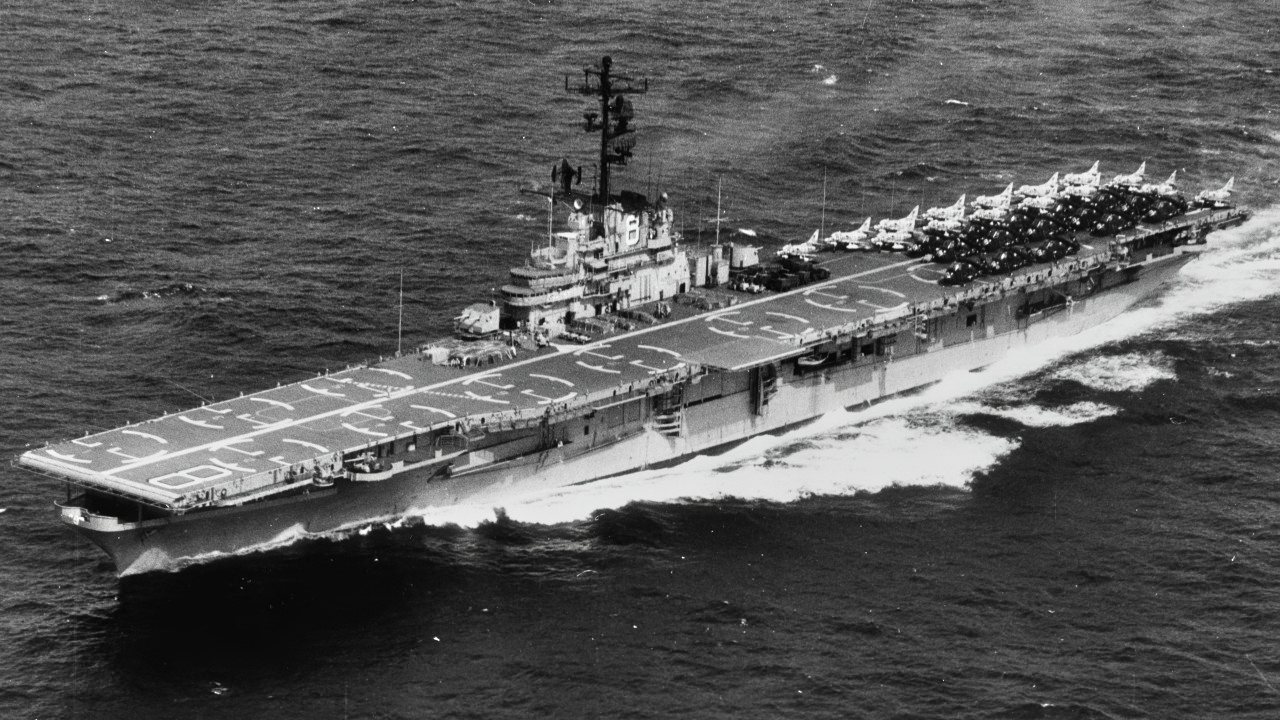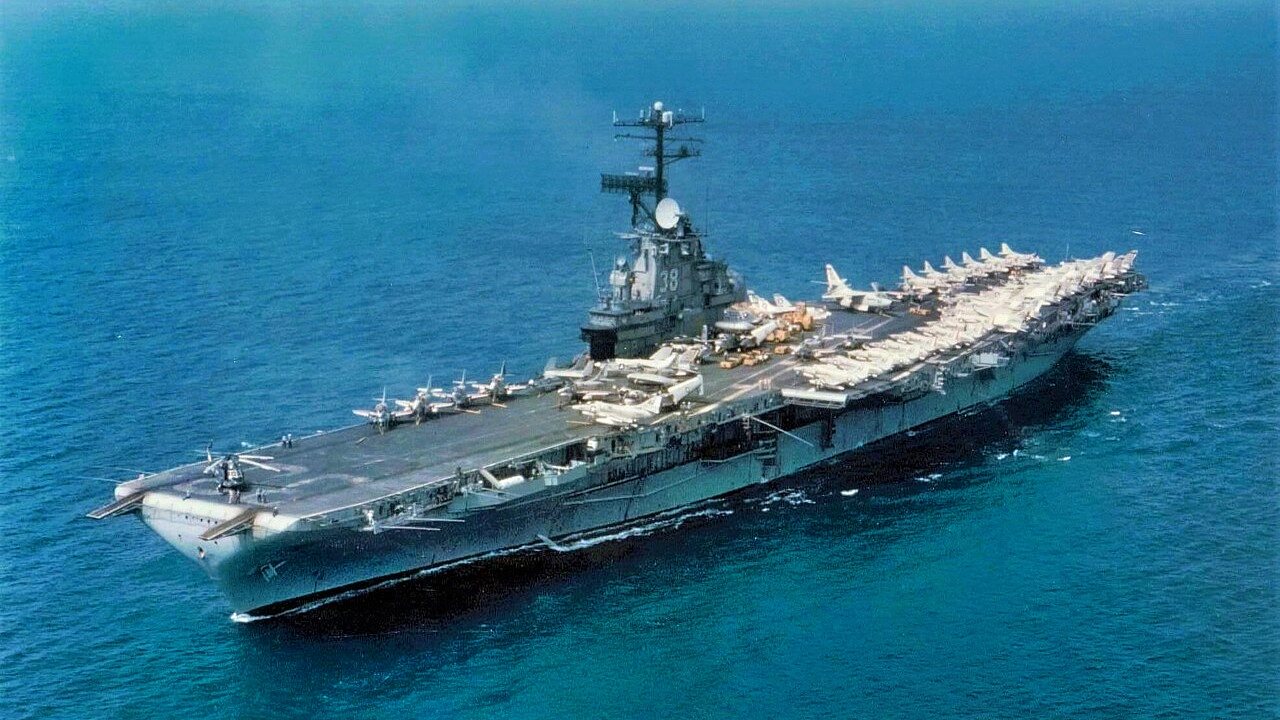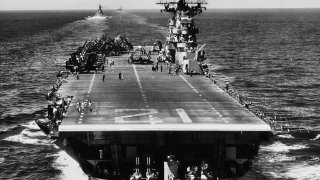Essex-Class: The U.S. Navy's Unforgettable Aircraft Carrier
The Essex-class aircraft carriers, the largest class of capital ships in the 20th century, played a crucial role in World War II, particularly against Japan.
Summary: The Essex-class aircraft carriers, the largest class of capital ships in the 20th century, played a crucial role in World War II, particularly against Japan.
-Originating from a need to match growing Axis powers' arsenals, the U.S. Navy designed these ships under the Naval Expansion Act of 1938.
-The class included 24 ships, with the later Ticonderoga subclass known as the "long hull" versions. These carriers, which displaced up to 47,120 tons and carried over 100 aircraft, also saw action in the Korean and Vietnam Wars. Today, their legacy continues, with four serving as national aircraft carrier museums.
The Essex-Class Was Amazing
The United States Navy’s Essex-class aircraft carriers were the largest class of capital ships in the twentieth century. They carried the fight against the Axis Powers—notably Japan—in the Second World War. A total of 24 ships of this class were built.
There were 10 ships of the original variant and then an additional 16 planned, with 14 actually built, of the Ticonderoga sub-class.
Once the Ticonderogas took to the high seas, they were known as the “long hull” version and the original Essex-class were known as the “short hull” version because, as the names suggest, the Ticonderoga sub-class were longer than their older sister ships.
Essex-class carriers were designed during the late Interwar Period, as the so-called peace that ended the First World War was breaking down. Japan, Italy, and Germany were all building their arsenals up, readying for a major war of aggression in their respective spheres of power.
This led to the Navy to design a carrier, the Essex-class, that was larger than anything in the US fleet and could go toe-to-toe with the nations that many assumed America would eventually be at war with.
The Essex-Class was Designed to Fight a World War
Specifically, when Japan abrogated multiple disarmament treaties in 1936, the United States Congress passed the Naval Expansion Act of 1938, which allowed for the construction of warships—carriers, in this case—to displace 40,000 tons. Thus, the keels for the USS Essex, the first ship of her class along with her sistership, the USS Hornet, were laid down in short order. With that, began one of the most storied classes of warship ever.
The Essex-class carrier could displace an average of 34,000 tons when fully loaded and travel about 17 miles per hour. Their actual tonnage displaced was about 36,960 and the later modified versions were able to displace 47,120 tons. These ships carried a crew of about 2,630 sailors. The Essex-class had a range of around 2,301 miles.

Essex-class carriers were steam-powered warships. Four Westinghouse geared steam turbines and eight Babcock & Wilcox boilers drove these storied warships to glory. Armed with 12, 5-inch (127mm)/38-caliber guns, Bofors 40mm anti-aircraft (AA) guns, as well as Orelikon 20 mm AA guns, these boats were the stuff of modern legends. Beyond these onboard armaments, the Essex-classes’ greatest asset was its massive airwing which numbered over 100 warbirds.
Never Forget the Essex-Class
Fourteen Essex-class carriers participated in the Second World War. Although none were lost in combat. After the war, they carried the Navy’s torch, participating in both the Korean and Vietnam Wars.
The contribution to the country’s national defense and to ensuring the US Navy remained dominant in the twentieth century cannot be overstated. There is a reason that so many carriers of the Essex-class were built over such a relatively short period of time.

These carriers are so important to America’s modern naval history that four of the five national aircraft carrier museums are of the Essex-class carrier. They may be gone from the high seas. But their contribution to the US Navy will never be forgotten.
About the Author
Brandon J. Weichert, a National Interest national security analyst, is a former Congressional staffer and geopolitical analyst who is a contributor at The Washington Times, the Asia Times, and The-Pipeline. He is the author of Winning Space: How America Remains a Superpower, Biohacked: China’s Race to Control Life, and The Shadow War: Iran’s Quest for Supremacy. His next book, A Disaster of Our Own Making: How the West Lost Ukraine, is due October 22 from Encounter Books. Weichert can be followed via Twitter @WeTheBrandon.
Image Credit: Creative Commons.


